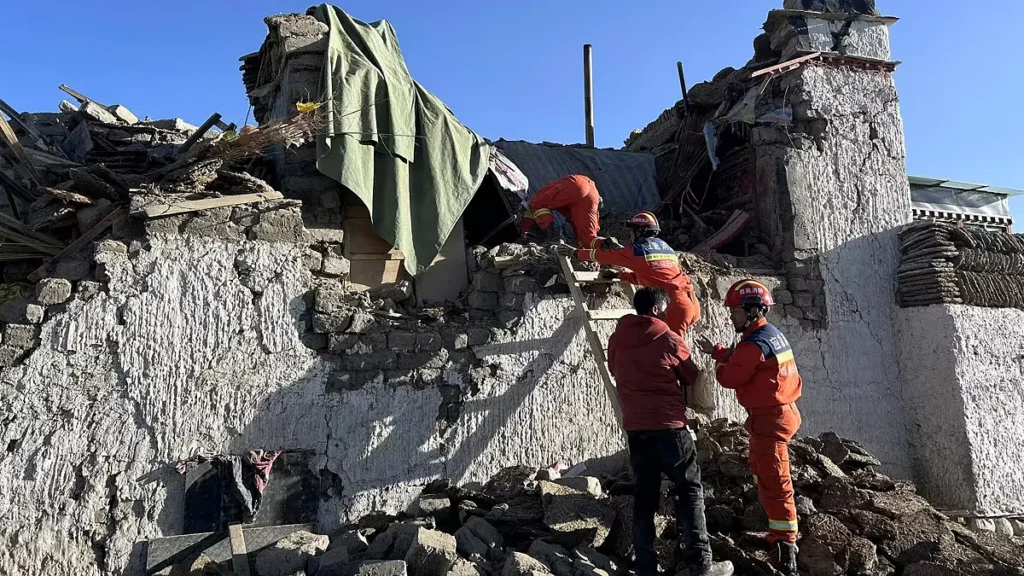Let’s get to know everything you need to know about Human Metapneumovirus (HMPV), its symptoms, transmission, recent surge in cases, and how to stay safe.
Table of Contents
Human Metapneumovirus (HMPV) has been gaining attention in recent months due to a noticeable spike in cases across China and other parts of the world. As the world continues to grapple with respiratory illnesses, understanding HMPV is crucial to ensuring public health safety. This article explores the nature of the virus, its symptoms, recent surge, preventive measures, and how it compares to other viruses like COVID-19.
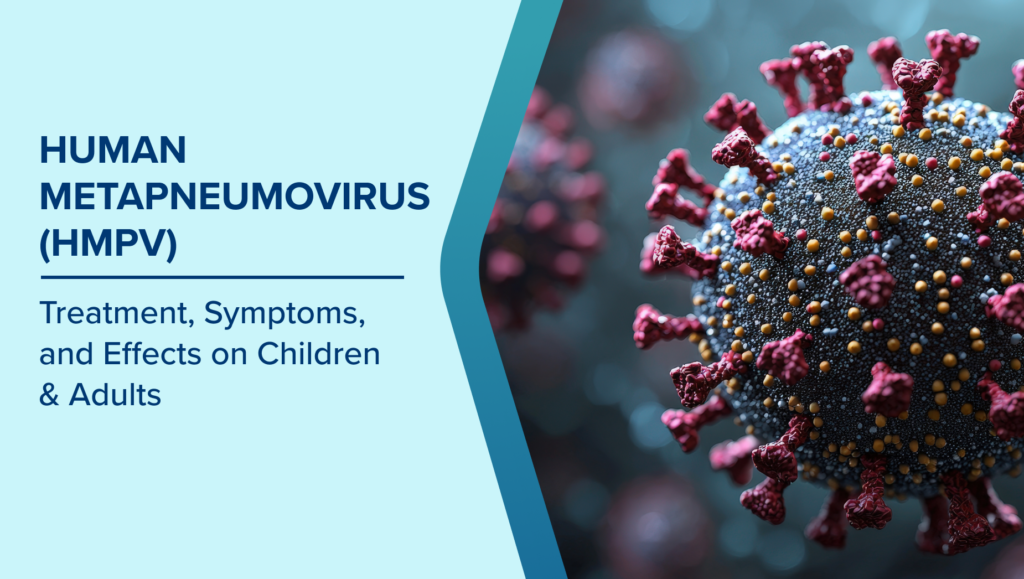
What is Human Metapneumovirus (HMPV)?
Human Metapneumovirus (HMPV) was first identified in 2001 and belongs to the Pneumoviridae family of viruses. It is a respiratory pathogen that can infect people of all ages, but it poses the highest risk to young children, the elderly, and individuals with weakened immune systems.
The virus is a leading cause of respiratory infections, similar to those caused by Respiratory Syncytial Virus (RSV) and influenza. HMPV commonly circulates during the winter and early spring seasons, leading to outbreaks that are often mistaken for other respiratory illnesses.
Symptoms of HMPV
HMPV symptoms are comparable to those of common respiratory infections. While many cases are mild, the virus can cause severe complications in vulnerable populations. Key symptoms include:
- Cough: A persistent dry or productive cough.
- Fever: Mild to moderate fever is common in most cases.
- Runny Nose and Nasal Congestion: Symptoms similar to the common cold.
- Wheezing and Shortness of Breath: Particularly in severe cases or in those with underlying conditions.
- Sore Throat: Mild discomfort in the throat is another frequent symptom.
In severe cases, HMPV can lead to bronchitis or pneumonia, requiring medical intervention. Children under five and adults over 65 are particularly susceptible to complications.
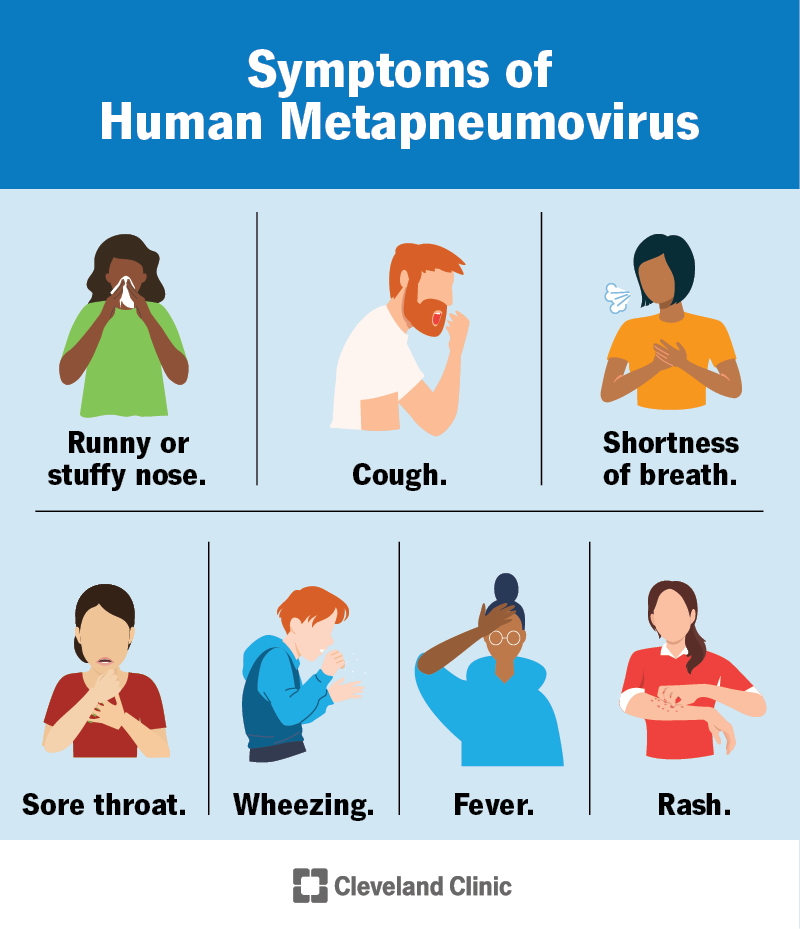
Transmission of HMPV
HMPV is primarily transmitted through respiratory droplets, similar to the flu or COVID-19. When an infected person coughs, sneezes, or talks, the virus spreads to others. Additionally, it can survive on surfaces for extended periods, making contact with contaminated objects another mode of transmission.
High-risk environments for HMPV spread include schools, daycare centers, and healthcare facilities. The virus’s ability to spread quickly in close-contact settings emphasizes the need for robust hygiene practices.
Recent Surge in HMPV Cases
Recent reports indicate a sharp rise in HMPV cases in northern China, particularly affecting children under 14. Hospitals in some areas have reported significant overcrowding, with parents seeking treatment for their children exhibiting respiratory symptoms.
According to the Centers for Disease Control and Prevention (CDC), the surge in HMPV cases is not unusual for the winter season, as respiratory viruses typically peak during colder months. However, the scale of infections has raised public concern. Health authorities are emphasizing that while vigilance is necessary, this increase does not indicate an outbreak of pandemic proportions like COVID-19.
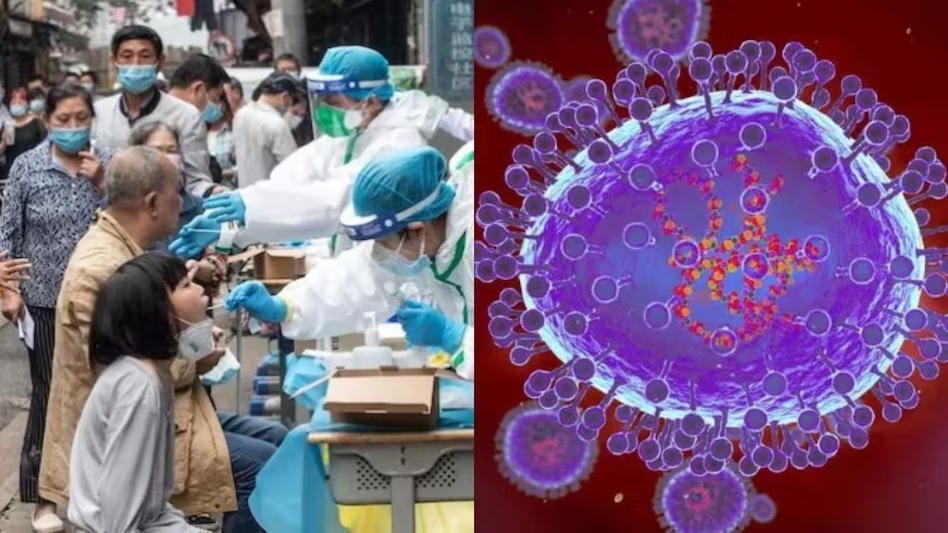
How Does HMPV Compare to COVID-19?
The rise in HMPV cases has inevitably drawn comparisons to COVID-19, especially given its respiratory nature. However, experts underline several key differences:
- Prevalence: HMPV has been circulating in human populations for decades, whereas COVID-19 was a novel virus with no prior immunity when it emerged.
- Severity: While HMPV can lead to severe illness in vulnerable groups, it does not have the same global mortality or hospitalization rates as COVID-19.
- Immunity: Many people have partial immunity to HMPV due to previous infections, which helps limit the severity of symptoms in most cases.
It’s crucial to understand these distinctions to avoid unnecessary panic while addressing HMPV outbreaks effectively.
Preventive Measures for HMPV
Currently, there is no specific vaccine or antiviral medication for Human Metapneumovirus. Preventive measures focus on reducing the risk of transmission and ensuring individuals are well-informed. Key strategies include:
- Hygiene Practices: Wash hands regularly with soap and water for at least 20 seconds. Use alcohol-based hand sanitizers when soap is unavailable.
- Disinfection: Clean and disinfect commonly touched surfaces like doorknobs, light switches, and electronic devices.
- Avoid Close Contact: Maintain distance from individuals who are sick, particularly in crowded or poorly ventilated spaces.
- Wear Masks: Use face masks in high-risk environments to prevent droplet transmission.
- Stay Home When Sick: If you experience respiratory symptoms, avoid going to work, school, or public places.
By incorporating these practices, individuals can significantly reduce their chances of contracting or spreading HMPV.
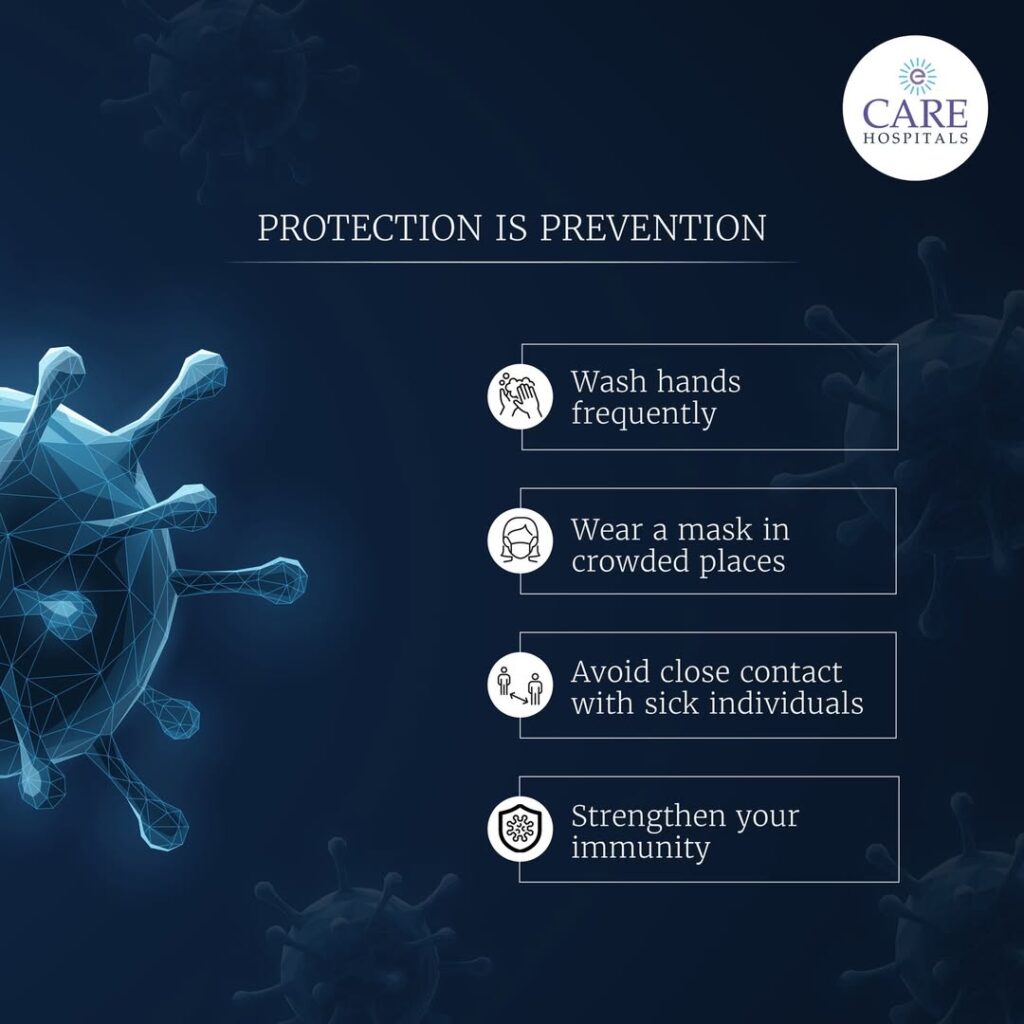
Treatment Options
For mild HMPV cases, treatment is usually supportive and aimed at relieving symptoms. Common approaches include:
- Rest and Hydration: Staying hydrated and getting enough rest helps the body recover naturally.
- Over-the-Counter Medications: Pain relievers and fever reducers, such as acetaminophen or ibuprofen, can help alleviate discomfort.
- Medical Care for Severe Cases: In cases where symptoms worsen or complications like pneumonia arise, hospitalization may be required for oxygen therapy and monitoring.
It’s essential to consult a healthcare provider if symptoms persist or worsen, particularly for children, the elderly, or those with pre-existing conditions.
Global Monitoring and Response
Health organizations worldwide, including the CDC and the World Health Organization (WHO), are closely monitoring HMPV trends. Enhanced surveillance, data sharing, and public education campaigns are essential to managing the virus effectively.
In China, authorities have ramped up efforts to address the surge, including increasing hospital capacity and spreading awareness about preventive measures. Public health experts emphasize that HMPV is a known virus and not a novel threat, reassuring the global community that the situation is under control.
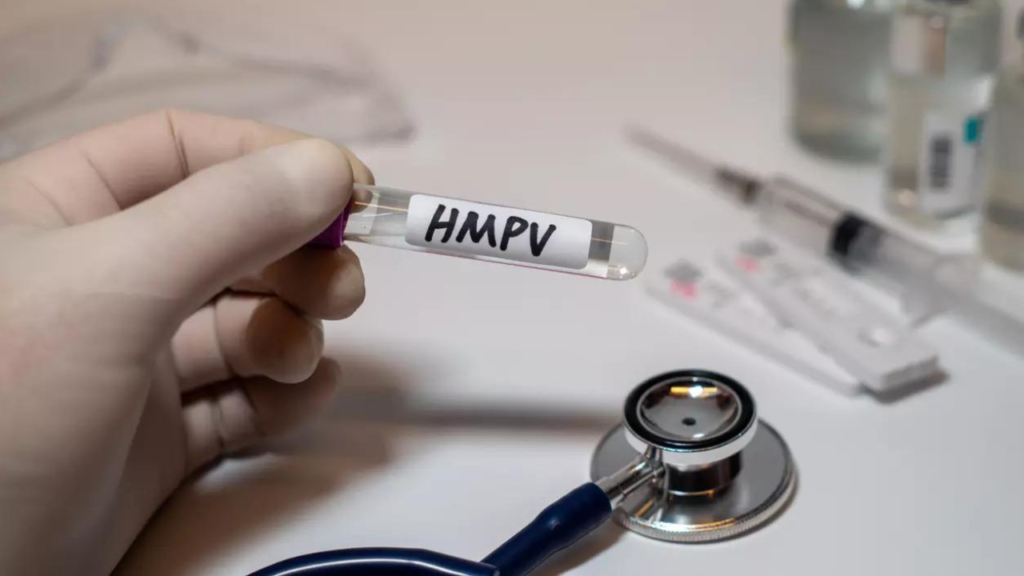
Frequently Asked Questions About HMPV
1. What is HMPV, and who is at risk? HMPV is a respiratory virus that primarily affects the lungs and airways. It poses the highest risk to children under five, adults over 65, and individuals with weakened immune systems.
2. How is HMPV diagnosed? HMPV is typically diagnosed using nasal or throat swabs tested in a laboratory. Healthcare providers may also evaluate symptoms and medical history.
3. Can HMPV be prevented? While no vaccine is currently available, preventive measures such as good hygiene, mask-wearing, and avoiding close contact with sick individuals can reduce the risk of infection.
4. Is HMPV as dangerous as COVID-19? No, HMPV is not as severe as COVID-19. While it can cause complications in high-risk groups, its overall impact is less significant.
5. How long does HMPV last? Most people recover from HMPV within 1-2 weeks, although recovery times may vary based on individual health and the severity of the infection.
The Importance of Awareness and Vigilance
HMPV is not a new virus, but its recent surge underscores the importance of public awareness and adherence to preventive measures. By staying informed, practicing good hygiene, and seeking medical care when necessary, individuals can help mitigate the spread of HMPV and protect vulnerable populations.
Stay informed about respiratory viruses like HMPV. Practice good hygiene, consult healthcare providers if symptoms arise, and share this information to raise awareness.

